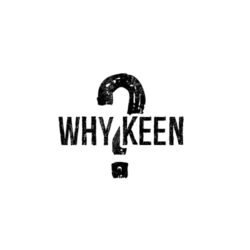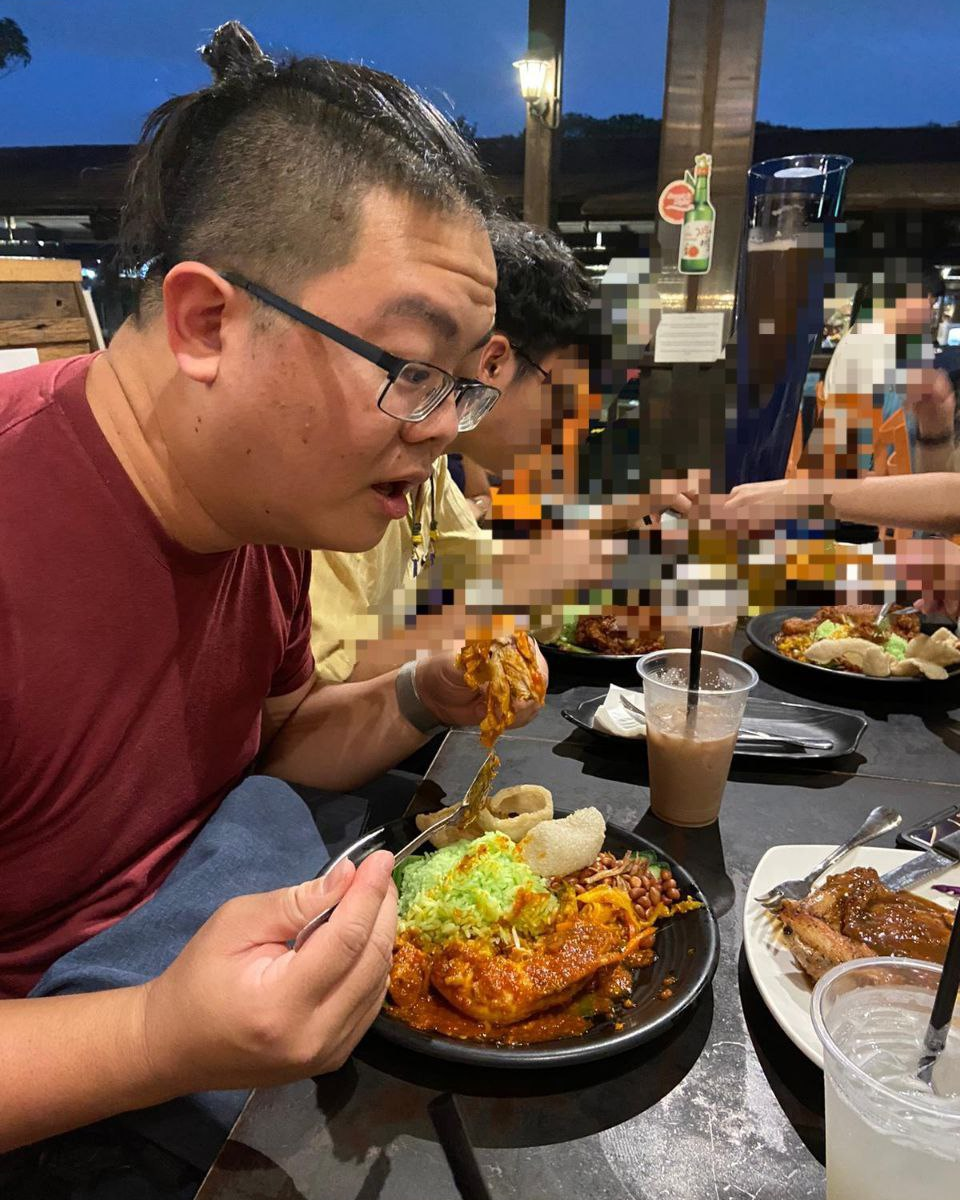I’ve tried various diets over the years, but I always found them to be troublesome, expensive, and painful.
Most of the time, it was difficult to find diets which tasted good. When the food tasted good, it would be expensive and unsustainable. Hence, there were many layers of pain associated with complicated diets, and I hated it.

Diets == Pain To Me
Let me describe how I got on the path of fasting in 4 stages :-
Stage 1 – Make a Long-term Pact with Yourself
The first step to fasting is to have compassion for yourself. I recently wrote about how we all have a “Shadow Self” and to be successful at fasting, I needed to get mine, as I call him, fully aligned on the journey.

Me and my Shadow Self
What I did was make a pact with my Shadow Self, agreeing to allow him small breaks whenever he wanted. The goal was to develop the habit of fasting while allowing little breaks along the way.
Think of habits like the current of a river, constantly flowing in the same direction and steadily moving towards a destination. Individual actions are like rocks in the river, causing small ripples but not able to change the overall direction or force of the current. Just as a few rocks won’t divert the river from its course, a few counter-actions won’t break the power of a strong habit.
However, if enough rocks accumulate, they can create a dam that alters the flow of the river, just as consistent counter-actions can eventually weaken a habit’s hold. Ultimately, it’s the strength and direction of the current (or habit) that determines the destination, while individual rocks (or actions) have a limited impact on the final outcome.
For good habits, like exercising regularly or eating less sweet stuff, deviating once or twice and resting for one day out of the week from a regular run, or eating that ice cream cone that I crave once in a while, would not affect the result by much.
Conversely, bad actions are fine as long as you do not turn them into a habit. For example, I have smoked socially with friends before, but only once a month, and never again until one year later. Each time I smoke may not do good for my lungs, but it is not really that bad in the long run.
Stage 2 – “Three Meals a Day is Enough!”
At 42, I remember a time when our parents insisted that we ate only three meals a day. If we asked for snacks before dinner, our mom would say, “No! Dinner time already!” After dinner, she would say, “You just ate!”
The only legal times we could snack were tea time, which would happen between 3-5 pm, a small window. Most of the time, we would just skip that.

Convenience stalls were not readily available in Singapore in the 60s
For our parents’ generation, it was even harder to get snacks due to families being less affluent then, and the fact that it wasn’t as easy to get food. There were no supermarkets or 7-11 then. Hence, people were slimmer and fitter back then.
Then, as we got more affluent, we started to eat more. And somehow, there was a trend of eating many smaller meals throughout the day. It was supposed to help us control our weight. That led to children being encouraged to snack often, especially before activities. And we were told, “How to study if you haven’t had a healthy snack?”
But little did we know, we were actually getting our bodies in a constant state of being fed. This means our body rarely needs to use fat as an alternate source of fuel. I will write more about ketosis in another post, but basically what happens is that our bodies would not switch primary source of fuel from glucose to fats unless we go through at least 12 hours of not eating.
Hence, step one is to just maintain having regular meals, 3 times a day as was the “original way”. Then, have a 12 hours of fasting in between, which is usually easy because we would be sleeping most of it.
We have our dinners, and end before 8pm, then have breakfast, literally, we break fast, 12 hours later, at around 8am.
So that was what I did first, which meant cutting Netflix snacks which I used to have with my wife. I must say, this wasn’t easy. But I did this with compassion again, which meant that I would indulge once in a while. When we go watch a movie in the theatres, we would still get pop corn, even soft drinks are allowed, so my roommate was kept happy and satisfied.
Stage 3 – “16:8”
After getting used to eating regular meals, I realized that sometimes, even when feeling hungry, I could delay breakfast enough to skip it and only have lunch. This meant breaking my fast at 12 pm and fasting again after dinner at 8 pm.
I was doing what is popularly known as the “16:8” fast, which is a 16 hour fasting period, followed by a window of 8 hours of eating.

It’s easy, you probably have skipped a meal when busy before
When I was busy at work and did this, I felt hungry, but it was bearable. I started doing this more regularly, but I only did it from Monday to Friday, then went back to regular meals during the weekends. I also allowed myself to eat anything I wanted within the 8-hour window of eating from 12 pm to 8 pm. That meant char kway teow, ice cream, ice kachang – you name it, I took it.
Overall, it was a sweet deal for my “Shadow Friend”, and we easily got used to the 16:8 schedule without any pain at all.
Stage 4 – 80-hour fast
After watching the documentary by Chris Hemsworth, I wondered if I could fast for four full days like he did since I could already fast for 16 hours without any problems.
So I tried it, and it was an interesting experience, to say the least. Although I made it through safely, I did have to overcome some difficulties, which I’ll share in a future post.
However, I can say with certainty that the only reason it worked was because I fasted with compassion for myself.
Thank you for following me through this long post! It is much longer than I expected! As usual, however, I need to qualify that I am not a medical doctor, but merely following up with the research I read and heard about, and then testing these on myself. Do check with your doctor, especially if you have any health conditions before embarking on this exciting journey of fasting!














